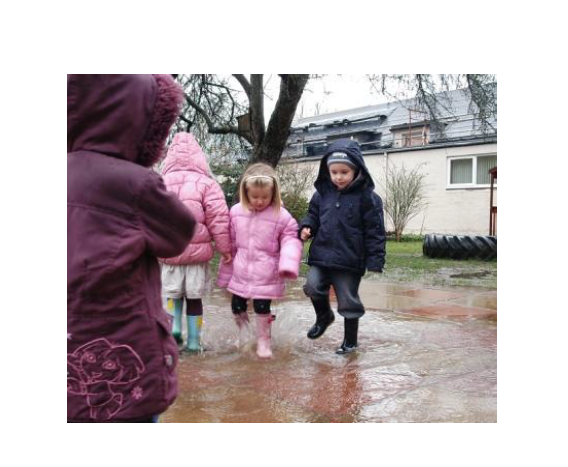The Sciences 3-18 impact report contains a range of examples of how working with partners to provide well planned learning experiences can enhance the learning and teaching and impact positively on outcomes for children and young people.
Have you worked with a local business, employer, industry, further or higher education or another partner to enhance learning and teaching in the sciences? Why not use the blog to share this with other practitioners?
“Building the Curriculum 3 (2008) defines the curriculum as the ‘totality of experiences which are planned for children and young people throughout their education, wherever they are being educated’. These experiences can be planned across the following aspects: the ethos and life of the school, curriculum areas and subjects, interdisciplinary learning, and opportunities for personal achievement. Although an improving picture, there is scope for more secondary science teachers to plan learning which takes more account of aspects such as the ethos and life of the school and offers more opportunities for personal achievement.
Increasingly, staff are recognising the significance of planning learning in the sciences which takes account of each of these four aspects of the curriculum. Many schools are providing a range of opportunities for children and young people to develop relevant sciences knowledge and skills outwith the timetabled curriculum. This is particularly notable in the many examples of eco work undertaken in schools across all sectors. Eco work in schools engages children and young people in key issues, including the environment, sustainability, global citizenship and the value of a low carbon future. Over 3700 schools in Scotland are currently registered with the Eco-Schools Scotland programme.
Secondary schools organise relevant work experience placements for young people and promote participation in science-based events and challenges such as Go4Set and Opito’s Petrochallenge.”
Some good practice examples from the report:
Good Practice Example 15
One school has been given a substantial area of land by a local business to maintain, develop and use as an ‘outdoor classroom’. This provides a relevant context for learning. Teachers can take classes to this outdoor area and develop young people’s knowledge and skills as they study areas of the sciences such as biodiversity and sustainability. Young people’s skills are developing through using sampling techniques, making various measurements, recording, presenting and analysing data. They develop team working skills as they contribute ideas for improving the land and work together to carry out practical work such as planting trees.
Good Practice Example 20
One primary school engaged children very well with their local environment through partnership with the Galloway Fisheries Trust in the ‘Clyde in the Classroom’ project. Children reared trout fry in a classroom hatchery before releasing them into the local river. Children’s knowledge of lifecycles and the basic needs of living things were developed as they cared for the trout fry. Working on the project provided a context for developing numeracy and literacy skills, for example through creative writing tasks and activities such as estimating and measuring the length of the developing fry. It also helped the children to understand the geography of their local river network and provided a relevant context for learning about the effect of our actions on an ecosystem.





